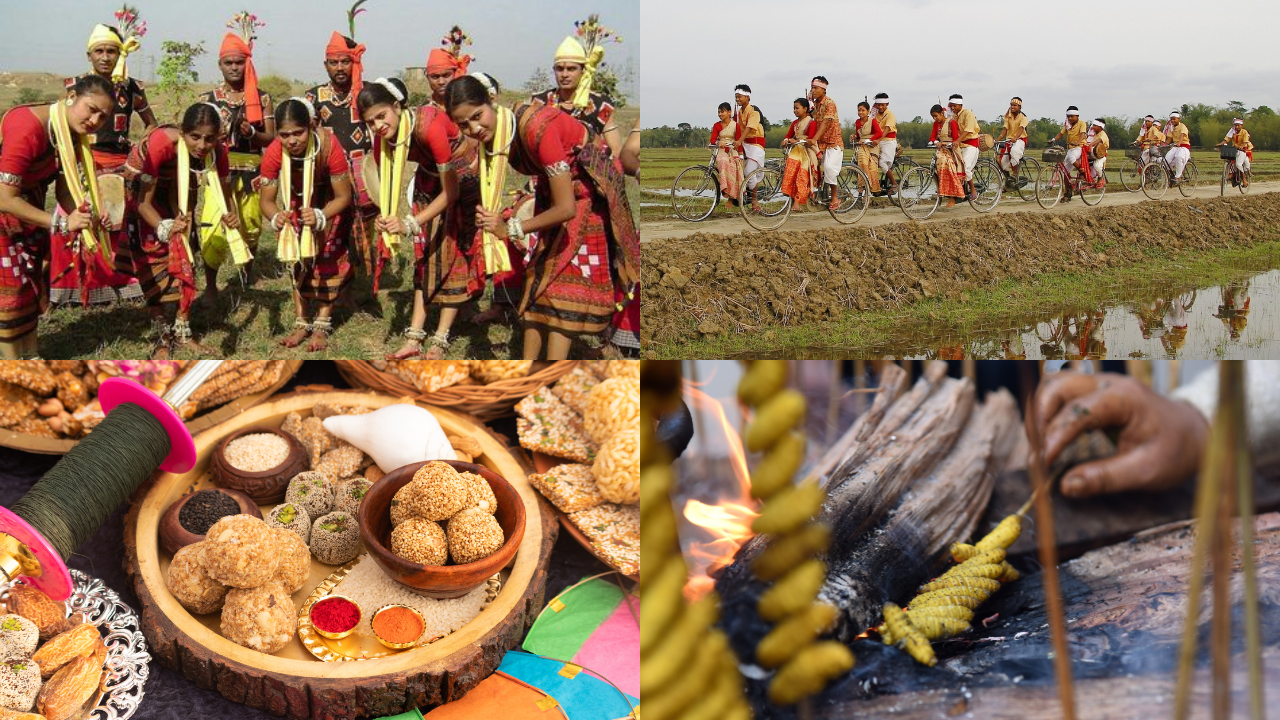
India, a country of diverse cultures and traditions, is known for its vibrant festivals that celebrate the changing seasons, especially the harvest time. From the northern plains to the southern coast, every region of India marks the harvest season with unique rituals, food, and celebrations. Here’s a look at how different states of India celebrate their harvest festivals, showcasing the country’s rich culture.
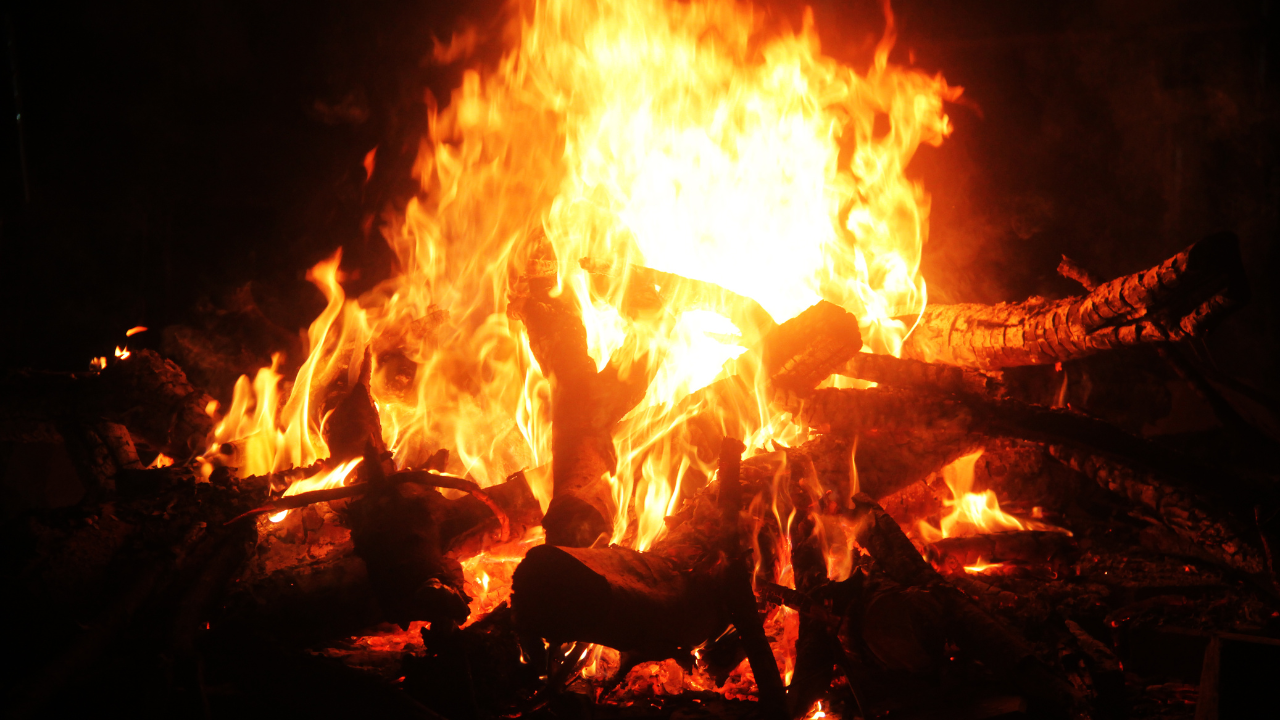
Lohri
Celebrated in mid-January, Lohri marks the end of winter and the beginning of the harvesting season of Rabi crops. People gather around the bonfire, sing folk songs and dance to the beats of drums. Traditional foods like til (sesame seeds), jaggery, makki di roti and sarson da saag are enjoyed. The festival is also important for newlyweds and newborn babies, symbolizing prosperity and happiness.
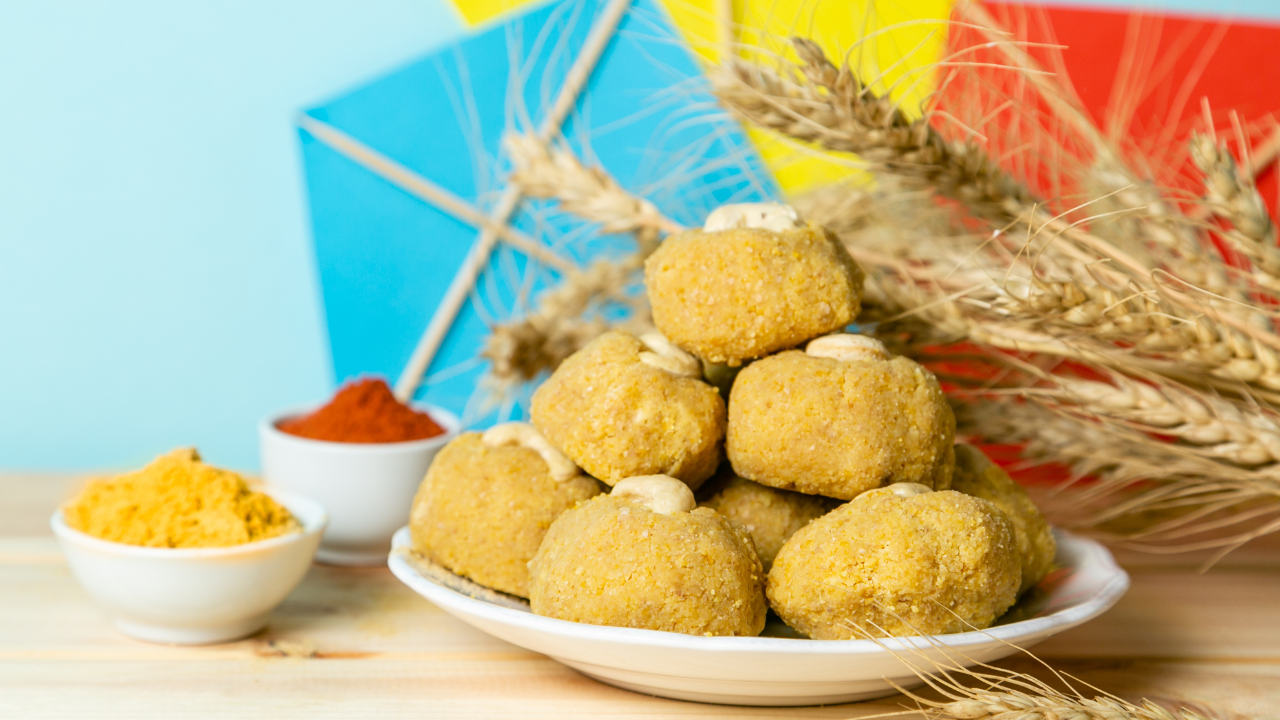
makar sankranti
Makar Sankranti, celebrated on January 14, is one of the most important festivals of India, marking the transition of the Sun into Capricorn. This transition heralds the end of long days and winter, symbolizing renewal, prosperity, and gratitude for a bountiful harvest. Although it is celebrated under different names across India, the basic essence of thanksgiving and happiness remains universal. In Gujarat, the festival is known as Uttarayan and is famous for vibrant kite flying events that fill the sky with colorful kites, symbolizing freedom and happiness. In Maharashtra, people exchange til-gur (sweets made of sesame and jaggery) with the phrase “Til-gul ghya, bhagwan bhagwan bola” to promote goodwill and harmonious relations. In Karnataka, families prepare dishes like elundij (sesame seeds laddus) and sakkare achchu (sugar molds) to celebrate the occasion. Meanwhile, in Bihar and Uttar Pradesh, khichdi – a comforting dish made of freshly harvested rice, lentils and vegetables – takes center stage. Makar Sankranti symbolizes the spirit of unity, as people from across the country come together to celebrate the harvest season with unique regional traditions.
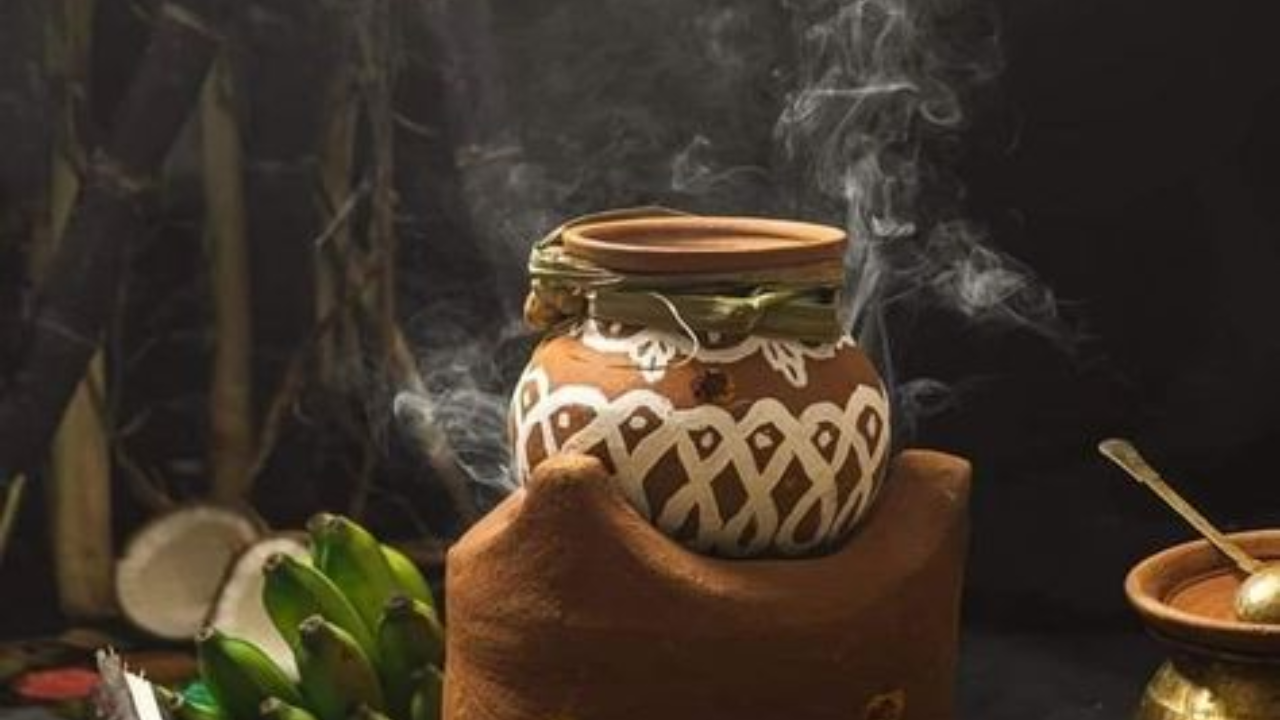
Pongal
Pongal, celebrated for four days in mid-January, is Tamil Nadu’s favorite harvest festival, paying tribute to nature’s bounty and the hard work of farmers. The festivities begin with Bhogi, a day of cleansing and renewal, where old things are discarded, symbolizing a new beginning. On the second day, Thai Pongal, families prepare the eponymous dish Pongal – a sweet and salty dish made of freshly harvested rice, jaggery and milk, which is offered to the Sun God (Sun) as a sign of gratitude. On the third day, Mattu Pongal, cattle important for agriculture are honored with rituals and offerings. Recognizing their contribution to farming, cows and bulls are decorated with garlands, painted horns and bells. The final day, Kannum Pongal, focuses on community and family bonding with gatherings, shared meals and cultural activities. Houses are beautifully decorated with Kolams (intricate rangoli designs) made from rice flour, symbolizing prosperity and people wear vibrant traditional attire. Pongal is more than a festival, it is a celebration of life, togetherness and harmony between man and nature.
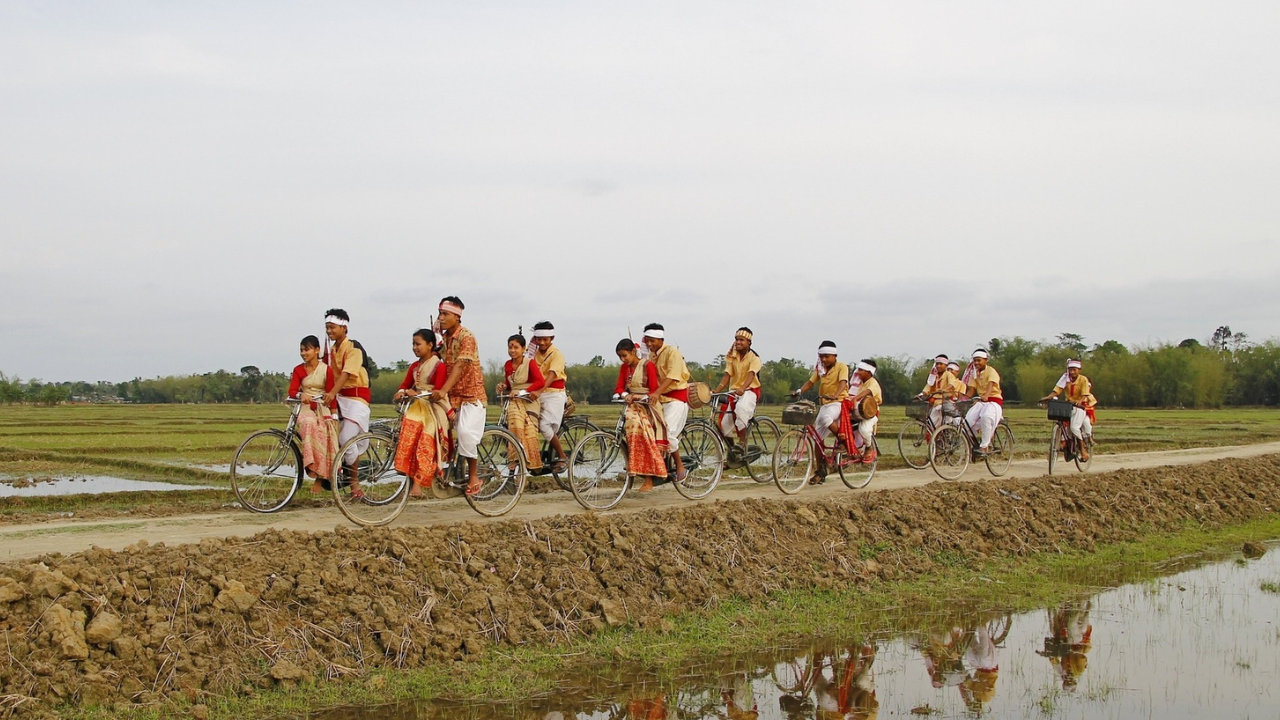
Bihu
Bihu is celebrated three times a year in Assam, but Magh Bihu in January marks the harvest season. Known for community feasts, people light mejji (bonfires) and prepare dishes like pitha (rice cakes) and laddus. Folk songs and dances, especially the energetic Bihu dance, are an integral part of the celebration.

Paush Sankranti
Locally known as Paush Parabon, this festival marks the paddy harvest. Traditional sweets like pithe and payesh made from freshly harvested rice, coconut and jaggery are the main attractions. Farmers and their families thank the Earth for its generosity by offering Arghya to the Sun God.
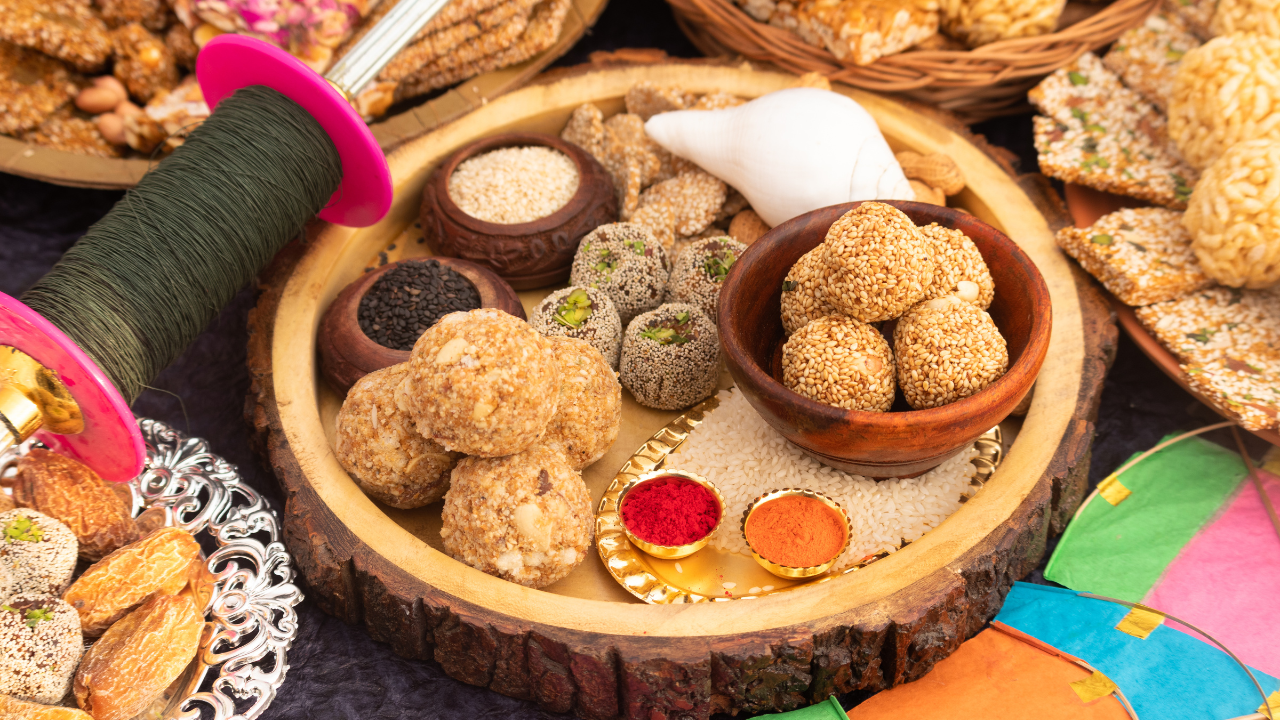
Uttarayani
In the hill state of Uttarakhand, Uttarayani is celebrated as the sun shifts towards the northern hemisphere. This festival is marked by fairs, traditional songs and dances. People take sacred baths in the rivers and prepare local dishes to share with the community.
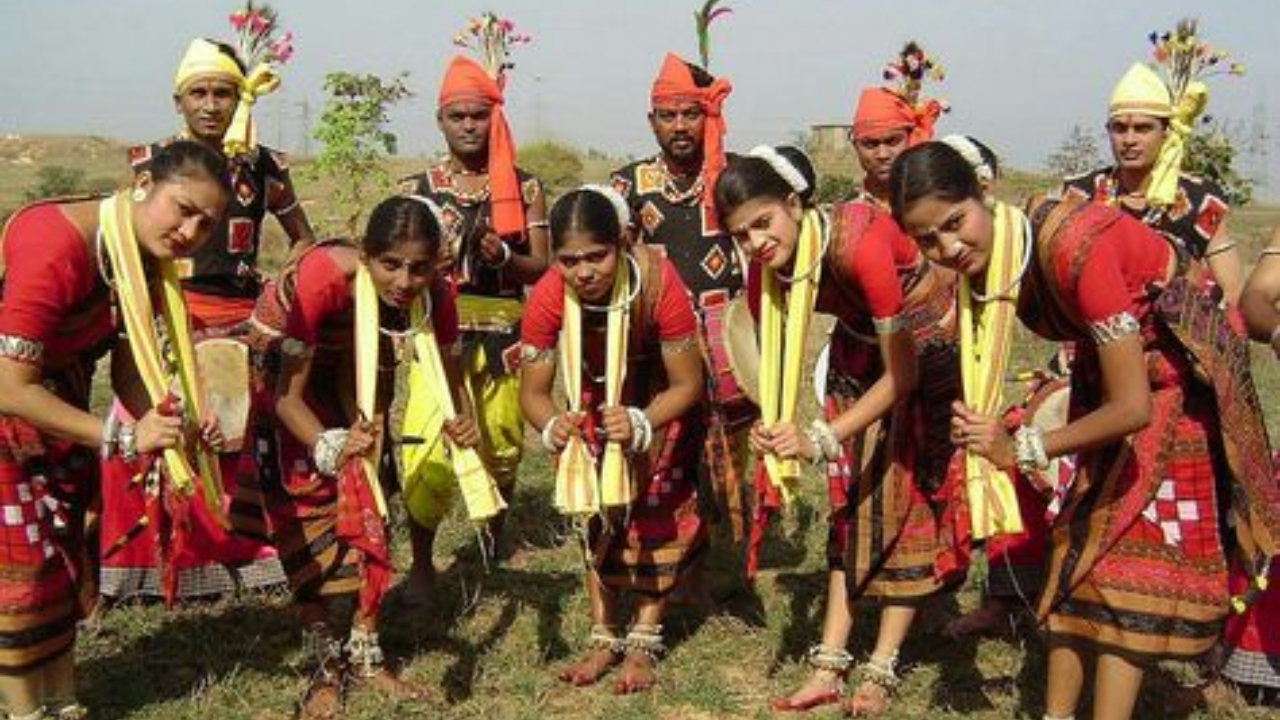
Nuakhai
Nuakhai, celebrated in parts of Odisha and Chhattisgarh, is a festival of the new harvest. The first grain is offered to the local deity before eating. Families gather for feasts and cultural performances, emphasizing togetherness and gratitude.
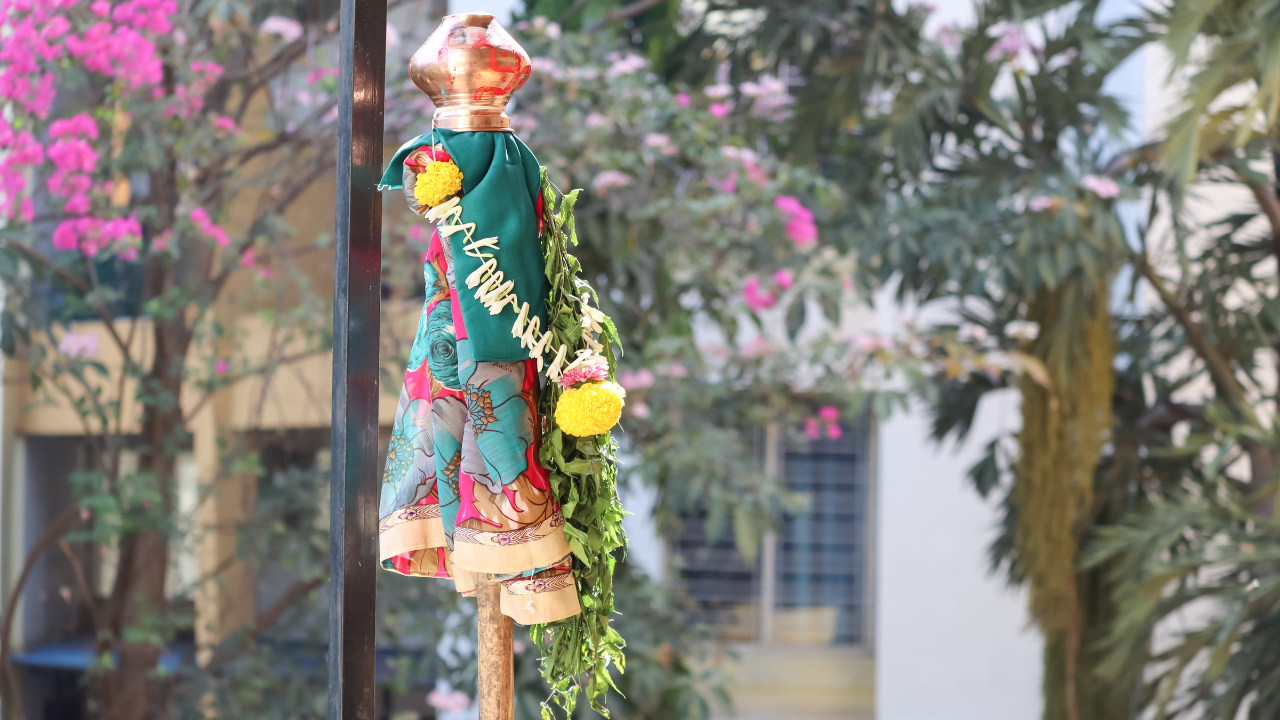
Gudi Padwa
Primarily a spring festival, Gudi Padwa marks the beginning of the agricultural cycle in Maharashtra. Farmers celebrate by hoisting Gudi flags and preparing festive dishes like Puran Poli and Shrikhand, showing their gratitude towards the abundance of nature.
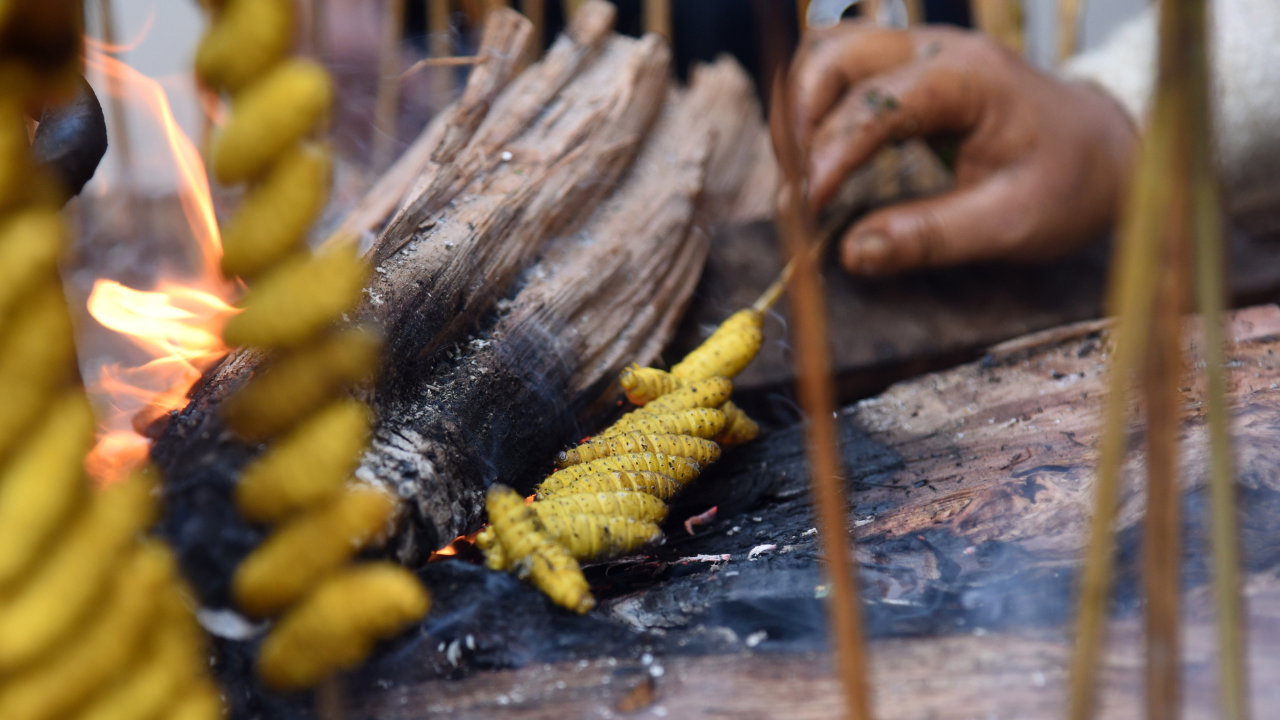
Bhogali Bihu
Bhogali Bihu, celebrated in January, is another form of Assamese thanksgiving for the harvest. Bonfire, cattle puja, and jalpan (breakfast made of rice, curd and jaggery) are the main attractions. Communities come together to sing, dance and enjoy the blessings of the season.


